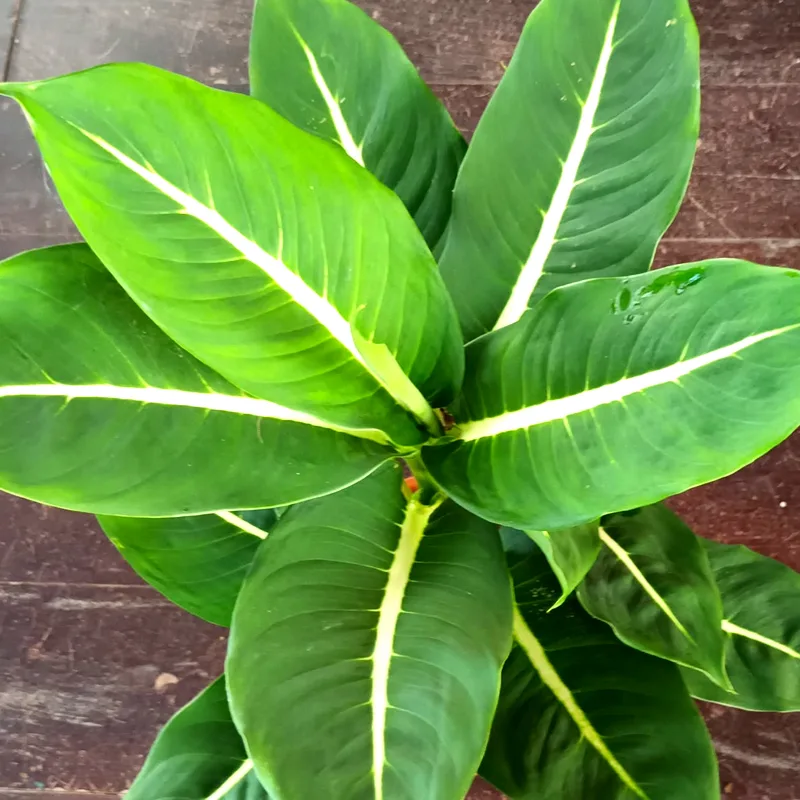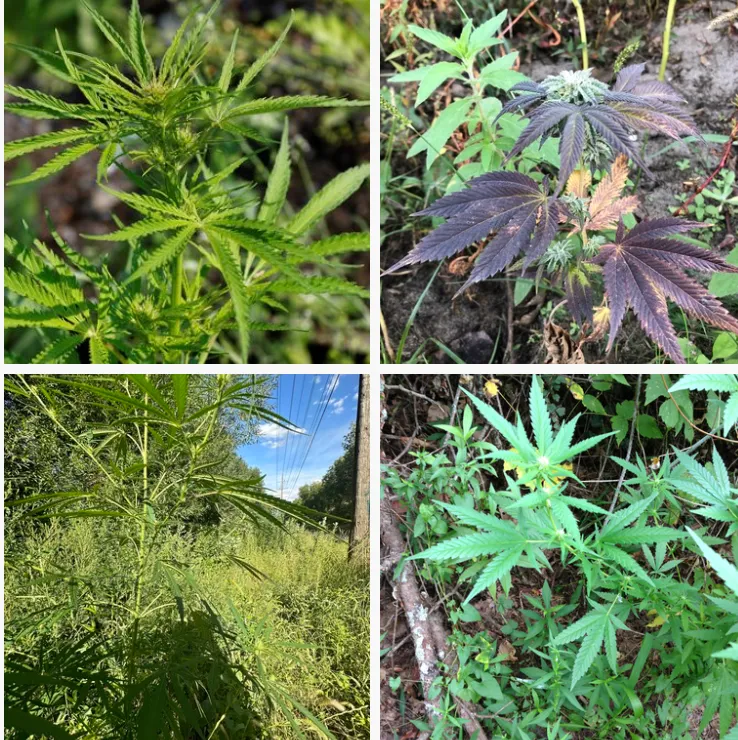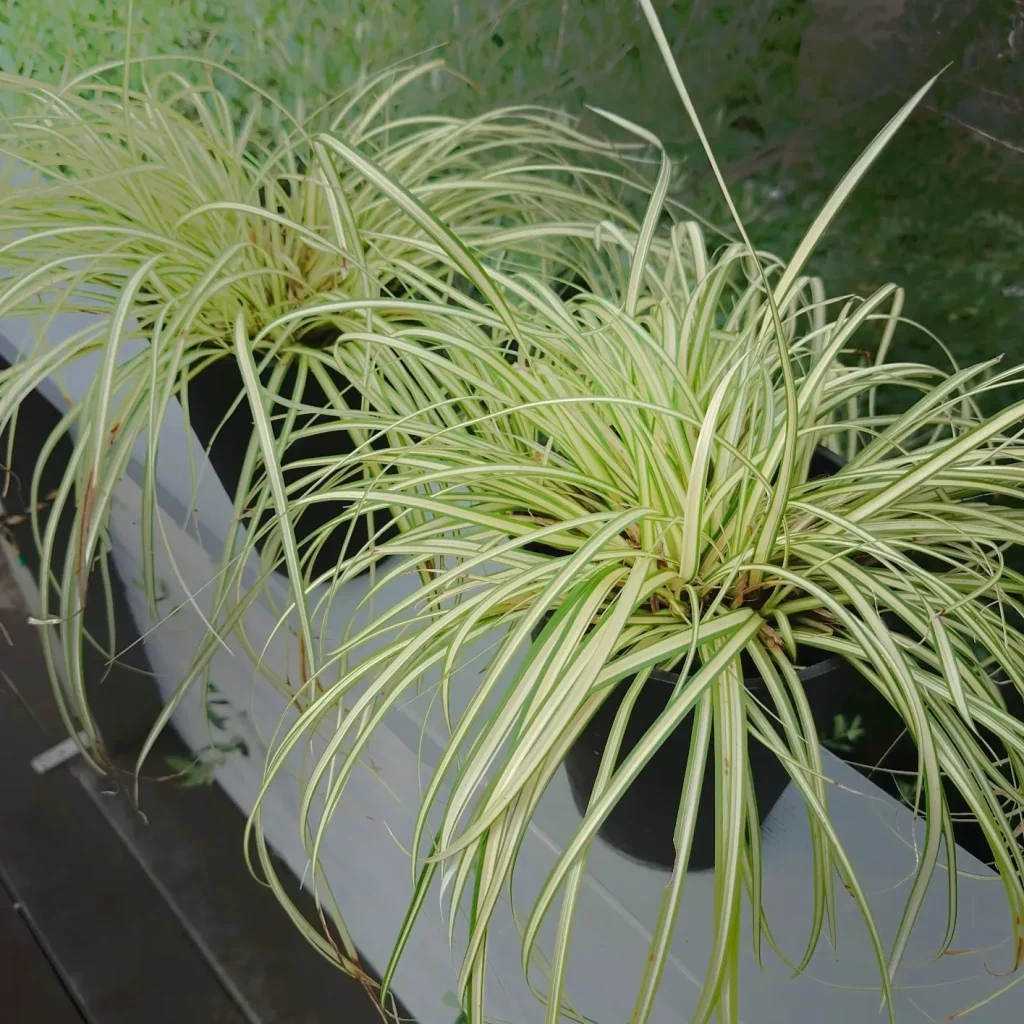What is Brighamia Insignis?
Brighamia Insignis, often known as the “Cabbage on a Stick” or “Hawaiian Palm”, belong to the Campanulaceae family, is a unique and striking plant native to the Hawaiian Islands. It belongs to the Bellflower family and is renowned for its unusual appearance, resembling a cactus with a lush rosette of leaves on top. This plant is not only a conversation starter but also a rare gem in the world of houseplants, making it a prized specimen for collectors and plant enthusiasts alike.
Plant Family: 96 Genera in Campanulaceae
Where to Buy Brighamia Insignis in California?
If you’re looking to add Brighamia Insignis to your plant collection, California offers several options. Local plant nurseries and specialty stores in areas like Los Angeles, San Francisco, and San Diego are great places to start. Online retailers and plant marketplaces such as Etsy or eBay also list Brighamia Insignis for sale. Websites like Rare Plant Society or specialty cactus and succulent sites might carry this unique species, but availability can vary. Always check reviews and seller reputations to ensure you’re getting a healthy plant.
How to Care for Brighamia Insignis?
Brighamia Insignis thrives in well-draining soil and prefers bright, indirect light. It’s crucial to avoid overwatering, as this plant is susceptible to root rot. Water only when the soil has dried out completely, and ensure your pot has good drainage. During the growing season (spring and summer), a balanced, diluted fertilizer can support its growth. In the winter, reduce watering and avoid fertilizing as the plant’s growth slows down.
How to Propagate Brighamia Insignis?
Propagation of Brighamia Insignis can be a bit tricky. The most effective method is through offsets or bulbils that appear at the base of the plant. Gently separate these offsets and plant them in a well-draining mix. Keep them in a warm, bright location until they establish roots. It’s essential to let the offsets callus over for a few days before planting to prevent rot.
What to Plant with Brighamia Insignis?
Brighamia Insignis pairs well with other low-maintenance, drought-tolerant plants. Succulents like Echeveria, Haworthia, or Aloe Vera complement its look and thrive under similar conditions. You can also group it with other unusual plants to create an exotic plant display. Ensure that all companion plants have similar light and soil needs to keep them all healthy.
Can You Grow Brighamia Insignis Indoors?
Yes, Brighamia Insignis is well-suited for indoor cultivation. It thrives in bright, indirect light, making it ideal for a sunny room or near a window. Indoor environments are beneficial as they allow for better control of light and humidity levels, which can be more challenging outdoors. However, ensure it receives adequate ventilation to prevent mold and mildew.
Is Brighamia Insignis Toxic?
Brighamia Insignis is not known to be toxic to humans or pets. However, it’s always a good practice to keep plants out of reach of curious pets and young children to prevent any accidental ingestion or contact. If you have specific concerns, consult with a local plant expert or veterinarian.
Benefits of Brighamia Insignis
The main benefits of Brighamia Insignis are its unique appearance and low-maintenance care. It’s an excellent choice for adding an exotic touch to your plant collection without requiring extensive care. Additionally, its striking form makes it a fantastic conversation piece and a focal point in any plant display.
Common Problems with Brighamia Insignis
Common issues with Brighamia Insignis include root rot due to overwatering, and pests such as mealybugs or spider mites. To prevent root rot, ensure your plant is not sitting in water and that the soil is well-draining. For pests, inspect the plant regularly and use appropriate insecticidal treatments or natural remedies to keep infestations under control.
Comparing Brighamia Insignis with Other Similar Plants
Brighamia Insignis can be confused with other succulents and cacti due to its unusual appearance. However, it’s distinct from plants like the Pachypodium or Euphorbia species, which also have unique forms but differ in their growth habits and care requirements. Pachypodiums, for instance, have spiny trunks and require slightly different watering needs compared to Brighamia Insignis. Understanding these differences can help in choosing the right plant for your collection.
By addressing these FAQs, I hope you feel more informed about Brighamia Insignis and its care. Whether you’re looking to purchase one or enhance your knowledge, this remarkable plant offers a unique touch to any plant enthusiast’s collection.
If i die, water my plants!



